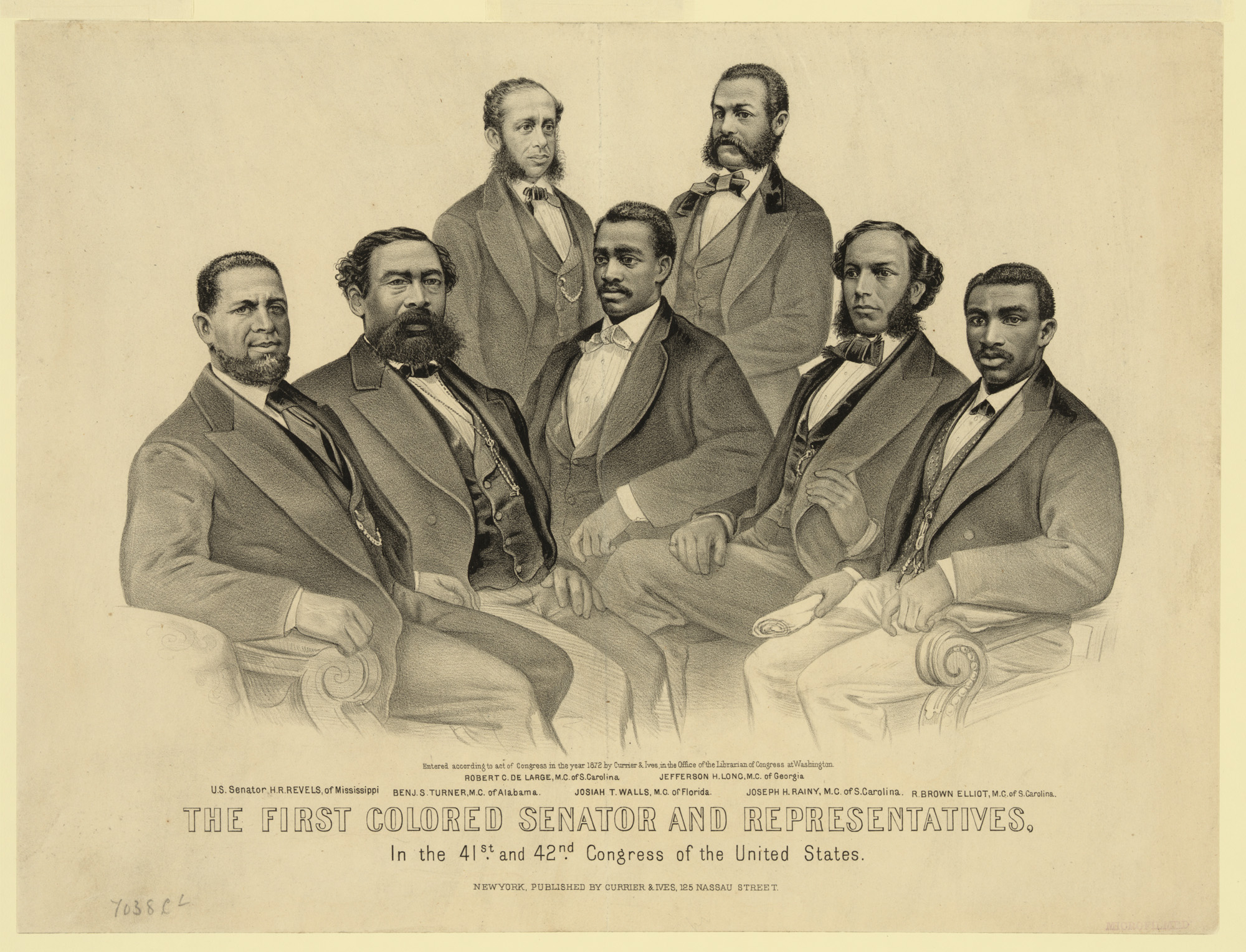Report on Recidivism in Petty Crime and its Impact on Sustainable Development Goals in New York City
An analysis of New York City’s criminal justice system reveals significant challenges related to recidivism in petty crime, which directly undermines progress toward several key United Nations Sustainable Development Goals (SDGs). The pattern of repeated arrests followed by release without meaningful intervention points to systemic issues that affect community safety, economic stability, and the efficacy of public institutions.
Systemic Failures and SDG 16: Peace, Justice and Strong Institutions
The core of the issue lies in the apparent inability of the criminal justice system to effectively address habitual offenders, a direct challenge to the objectives of SDG 16, which calls for promoting the rule of law and building effective, accountable, and inclusive institutions at all levels.
- High Rates of Recidivism: Case studies of individuals with extensive arrest records highlight a cycle of crime that the current system fails to interrupt.
- Judicial and Prosecutorial Discretion: Instances where individuals are released, despite prosecutorial requests for bail, demonstrate a disconnect within the justice system that weakens its institutional integrity (Target 16.3).
- Legislative Framework: Criminal justice reforms, such as those related to cashless bail, are identified as contributing factors that limit the system’s capacity to detain repeat offenders, thereby impacting public confidence in justice institutions.
The following cases exemplify the challenge:
- Anthony White: 254 arrests, most recently released on supervision after a burglary charge.
- Davaugh Gethers: 235 arrests.
- Laron Mark: 203 arrests.
- Jacob Poole: 103 arrests, primarily for shoplifting.
Socio-Economic Consequences and Urban Sustainability
The persistent nature of petty crime has broad consequences that impede progress on other critical SDGs, including those related to economic growth and sustainable communities.
Impact on SDG 8: Decent Work and Economic Growth
The economic vitality of local businesses is threatened by constant theft, which contravenes the goal of promoting sustained, inclusive, and sustainable economic growth.
- Business Viability: Retailers face direct financial losses and increased operational costs, such as securing merchandise in locked cases.
- Underreporting of Crime: Business owners may cease reporting incidents, perceiving a lack of effective enforcement, which further erodes the formal economic and legal structures necessary for stable growth.
Impact on SDG 11: Sustainable Cities and Communities
The prevalence of unchecked petty crime degrades the urban environment, working against the aim of SDG 11 to make cities inclusive, safe, resilient, and sustainable.
- Public Safety: The failure to manage repeat offenders contributes to a perception of lawlessness and reduces public safety in community spaces.
- Escalation of Violence: Incidents can escalate from theft to violence, as seen in the case of a CVS employee who fatally stabbed a serial shoplifter in self-defense. This highlights a breakdown in community safety and conflict resolution mechanisms.
Conclusion: A Challenge to Holistic Sustainable Development
The situation in New York City illustrates that a failure to ensure justice and institutional effectiveness (SDG 16) has cascading negative effects on economic stability (SDG 8) and urban safety (SDG 11). Addressing the cycle of recidivism requires a comprehensive approach that not only strengthens judicial processes but also considers the underlying socio-economic drivers, in alignment with the integrated nature of the Sustainable Development Goals. Without effective intervention, the continued pattern of crime undermines the foundation of a just, prosperous, and sustainable urban community.
SDGs Addressed in the Article
-
SDG 16: Peace, Justice and Strong Institutions
The article’s central theme is the failure of the criminal justice system in New York City. It directly critiques the effectiveness and accountability of institutions such as the judiciary and the District Attorney’s office. By highlighting cases of serial offenders being repeatedly released, it questions the rule of law and the ability of these institutions to ensure public safety and deliver justice. The text mentions “softie judges, pro-criminal prosecutors, disastrous ‘criminal-justice reforms’,” which points directly to a perceived weakness in the institutions responsible for maintaining peace and order.
-
SDG 11: Sustainable Cities and Communities
The issues discussed have a direct impact on the safety and sustainability of the urban environment in New York City. The article describes an atmosphere of lawlessness that makes public and commercial spaces unsafe. The mention of stores having to lock up everyday items like toothpaste and the occurrence of violent confrontations in shops (like the fatal stabbing at a CVS) illustrate a decline in community safety, which is a key component of making cities inclusive, safe, resilient, and sustainable.
-
SDG 8: Decent Work and Economic Growth
The article touches upon the negative economic consequences of unchecked petty crime on local businesses. Shoplifting leads to direct financial losses for storeowners, as exemplified by the theft of “$215 worth of chicken.” Furthermore, the climate of fear and the need for enhanced security measures create a hostile environment for productive economic activity. The case of the CVS worker, Scotty Enoe, who was attacked while on the job, also highlights how this issue undermines the principle of decent and safe work environments.
Specific SDG Targets Identified
-
Target 16.3: Promote the rule of law at the national and international levels and ensure equal access to justice for all.
The article is a direct critique of the failure to uphold the rule of law. It argues that the system allows serial criminals to “make a mockery of New York City’s criminal-justice system.” The repeated arrest and release of individuals like Anthony White (254 arrests) and Davaugh Gethers (235 arrests) without significant penalties demonstrate a breakdown in the application of law. The article also implies a lack of justice for the victims of these crimes, from storeowners to assaulted citizens.
-
Target 16.1: Significantly reduce all forms of violence and related death rates everywhere.
The article connects the failure to prosecute petty crime with an escalation to violence. It cites the example of Edwin Wright, who, after being freed, allegedly assaulted a 94-year-old woman. It also details the “tragic” story of a CVS worker who was forced to fatally stab a shoplifter in self-defense. These examples show how unchecked crime can lead directly to violent confrontations and death, undermining this target.
-
Target 11.7: By 2030, provide universal access to safe, inclusive and accessible, green and public spaces.
The focus here is on the “safe” aspect of public and commercial spaces. The article describes an environment where crime is rampant in places like Rockefeller Center and the South Street Seaport. The fact that “storeowners often don’t even bother calling in the crime” and that basic goods are “locked in cases” indicates that these spaces are perceived as unsafe by the community, thereby restricting universal and safe access.
Indicators for Measuring Progress
-
Rate of Recidivism / Number of Repeat Arrests
This indicator is explicitly and repeatedly mentioned in the article. The text quantifies the failure of the justice system by citing the exact number of arrests for several individuals: “Anthony White, 63, is a serial shoplifter with a whopping 254 arrests,” followed by others with 235, 203, and 103 arrests. This serves as a direct measure of the system’s inability to prevent re-offending.
-
Proportion of Crimes Reported to Authorities
The article implies this indicator by stating that “storeowners often don’t even bother calling in the crime, knowing it won’t do much good.” A low or decreasing rate of crime reporting by victims would be a key indicator of a lack of public confidence in the effectiveness of law enforcement and the justice system, which is a central point of the article.
-
Number of Violent Incidents Stemming from Petty Crime
The article provides qualitative data for this indicator by citing specific violent acts. These include the assault on a “94-year-old woman” and the fatal stabbing of a shoplifter by a store employee. Tracking the frequency of such escalations from theft to violence would be a direct way to measure progress towards the target of reducing violence.
-
Proportion of Detainees Held Without Bail
This indicator is implied through the critique of judicial decisions. The article notes that for serial shoplifter Anthony White, “prosecutors asked for $3,000 cash or $60,000 bond,” but “Judge Kacie Lally nonetheless released him on supervised release.” It also mentions that “even when bail is requested, judges set the perps free.” The rate at which judges grant release against prosecutors’ recommendations is an implied metric for the “softie judges” argument presented in the text.
Summary Table of SDGs, Targets, and Indicators
| SDGs | Targets | Indicators |
|---|---|---|
| SDG 16: Peace, Justice and Strong Institutions |
|
|
| SDG 11: Sustainable Cities and Communities |
|
|
| SDG 8: Decent Work and Economic Growth |
|
|
Source: nypost.com







